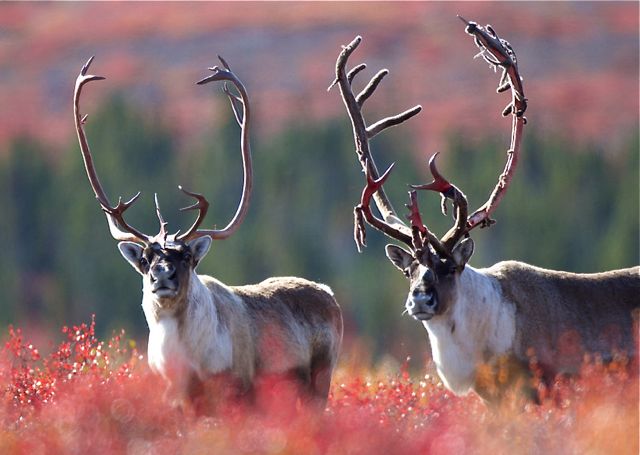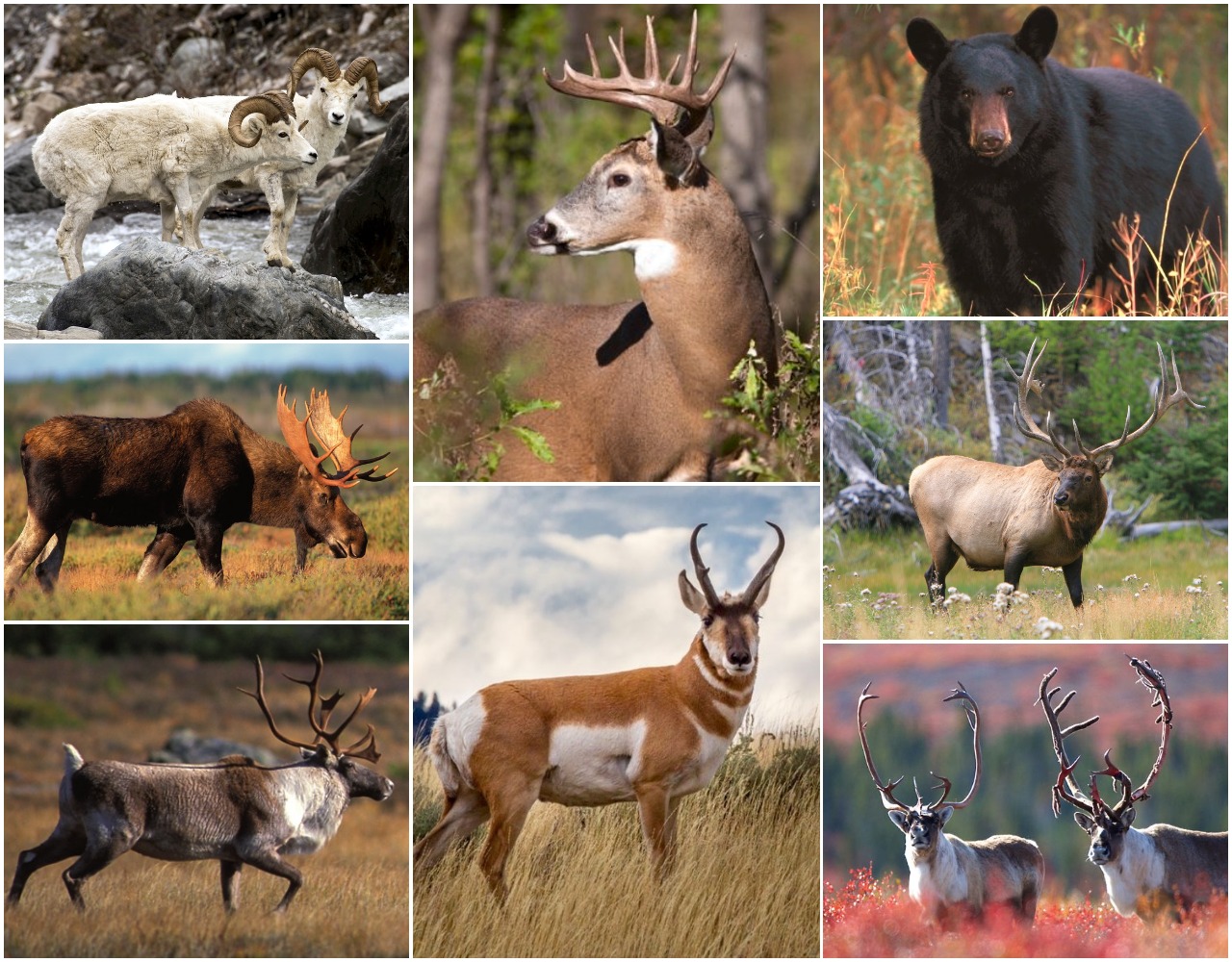The hunt is on!
Wildlife managers across the land reveal this year’s hot spots for Canada’s favourite big-game animals
Advertisement

YUKON
Temperatures were close to historic averages this past winter in the Yukon, although there was a bitter cold snap in January. For several parts of the territory, the snow accumulation was well above normal, and spring was slow to arrive. Those conditions will have tested even the toughest game animals. Mule deer, which are at the northern limit of their range in the Yukon, will have been negatively impacted.
BEARS
Advertisement
Grizzly bears are found from the border with B.C. north to the Arctic Ocean. They’re generally more common in the south of the territory, but even there the population density is low. Resident hunters are allowed one grizzly every three years. Designed to ensure grizzly populations remain healthy and viable throughout their natural range in the territory, a conservation plan was announced last year. The Yukon’s black bears are more numerous, concentrated in the forested habitats of river valleys. Populations are considered stable, and the hunting regulations are generous, so the coming season should be good. A new regulation will require hunters to take either the hide or meat (or both) of a harvested black bear; previously, the hide had to be salvaged.
BISON
Wood bison were reintroduced to southwestern Yukon starting in 1980, and they have fared spectacularly well. Now the management objective is to slow the growth of the population, resulting in liberal hunting regulations and the reward of a huge amount of prime meat. A new management plan aims to mesh local values with wood bison conservation practices.
Advertisement
CARIBOU
There has been good news for the Yukon’s caribou hunters this year. For the first time since the mid-1990s, licensed hunts for Fortymile caribou were held earlier this year. The herd is co-managed by Alaska and Yukon, and a 2017 inventory listed 84,000 animals. The Yukon also has 26 identified mountain caribou herds, many of which are in good shape and open to hunting; several others can be hunted by permit. The Porcupine herd of barren ground caribou was estimated at 220,000 animals in 2017, the highest number ever recorded using modern techniques. For the first time in several years, the herd was opened to hunting along the Dempster Highway.
MOOSE
Moose are an important species for the Yukon’s meat hunters; all user groups are discussing management options to ensure healthy moose populations and continued hunting opportunities. The good news is that numbers are considered stable throughout most of the territory. Not surprisingly given the enormous size of Yukon bulls, most hunter harvest is close to roads. High hunting pressure in the more easily accessed areas near Whitehorse and along some of the major roads has depressed moose numbers, however. For some of these areas, hunting is now by permit only. In other areas, the harvest is nearing what is considered sustainable.
DEER
Mule deer arrived in the Yukon from B.C. around 1900, and they’re now found as far north as Dawson City. Hunter interest in this species is high, so the regulations are tight. White-tailed deer are also found in the territory, but in much smaller numbers—too few to support a hunting season. Yukon is the northern limit of the range for both species, and even with the climate growing milder, they are at risk from severe winter weather. Mule deer numbers appear to be increasing around Whitehorse; more structured surveys are being planned to get a better estimate of the population.

